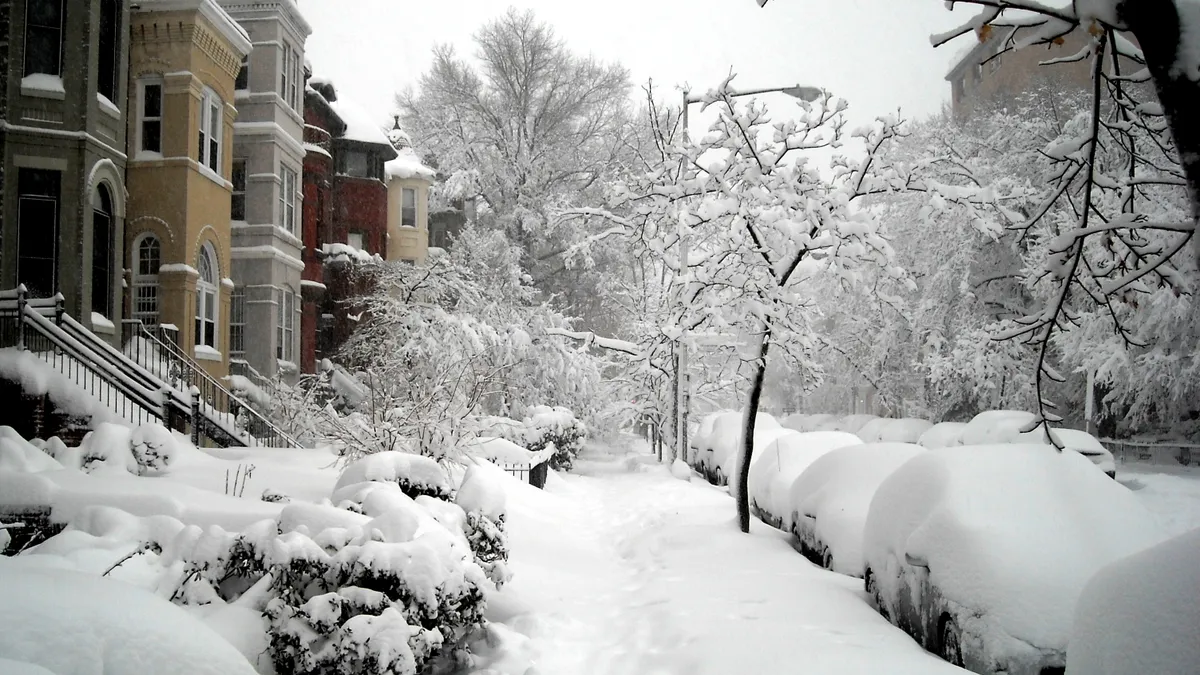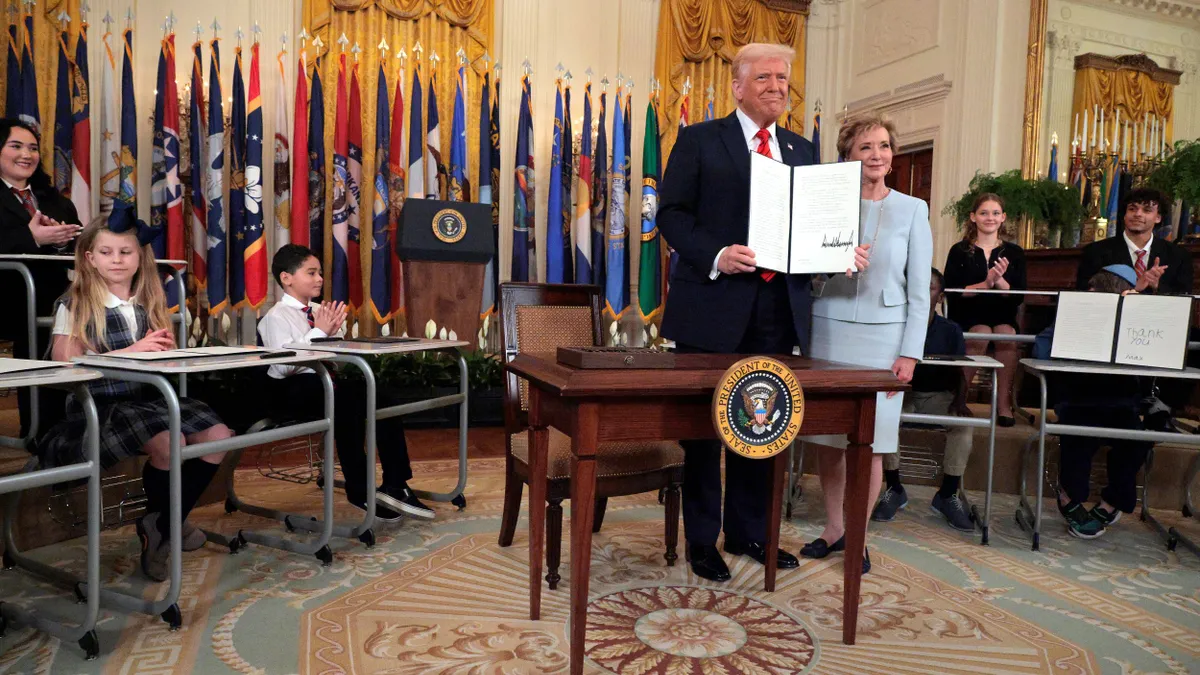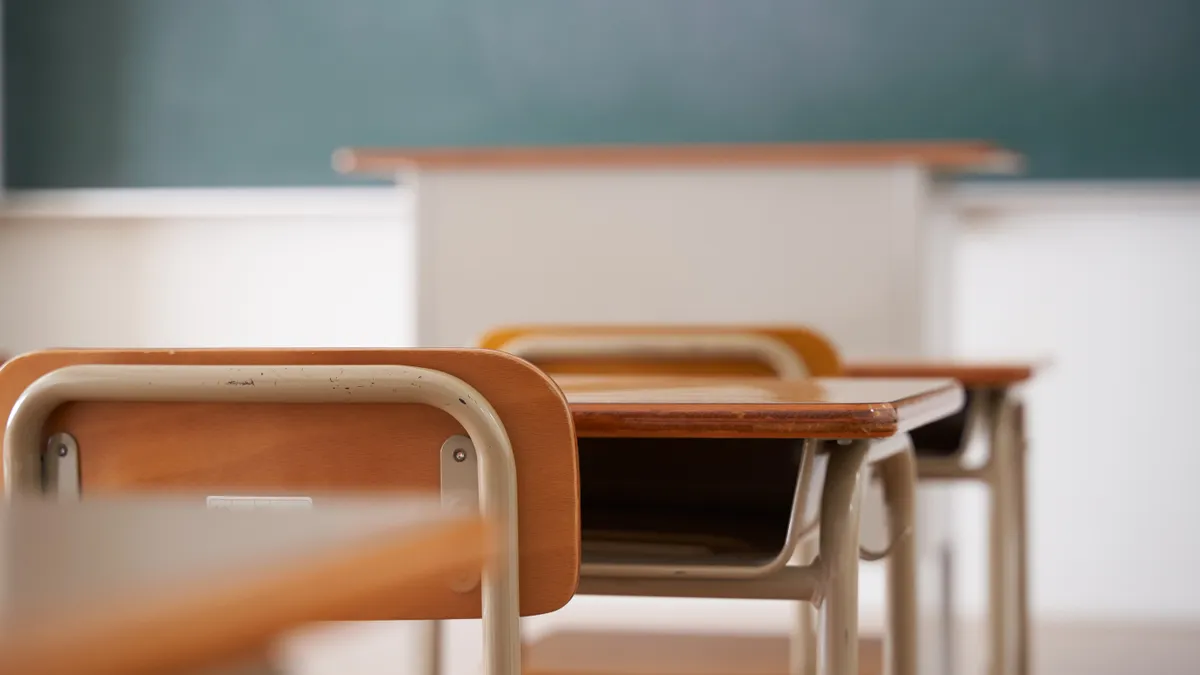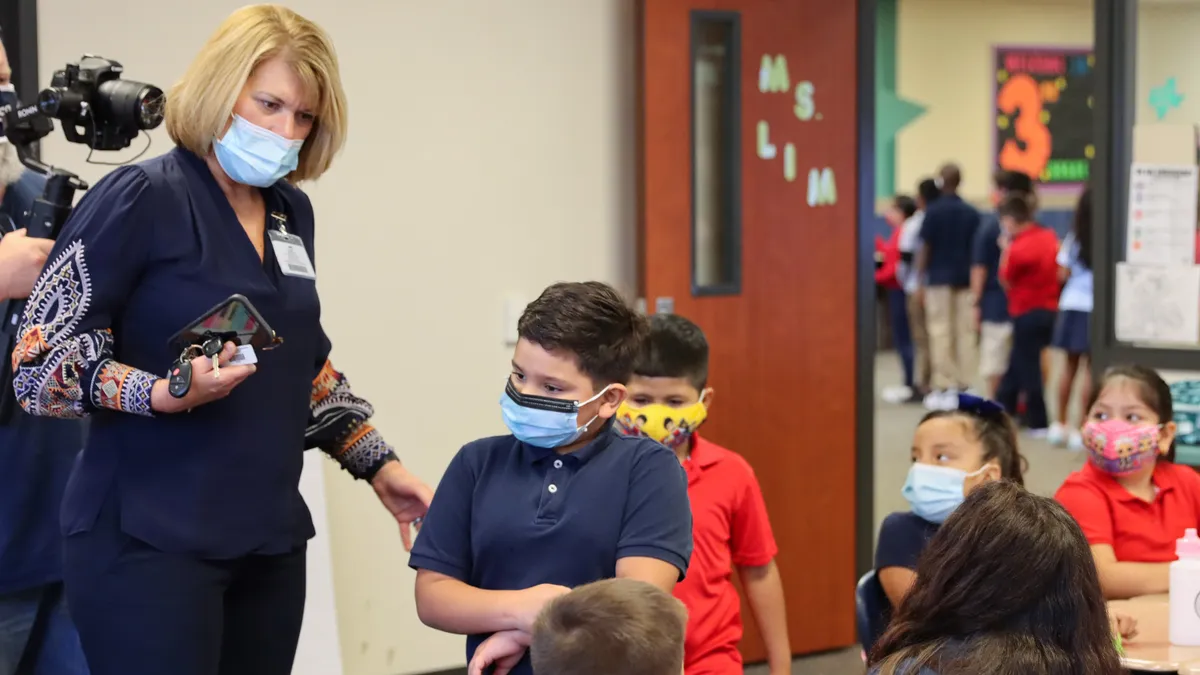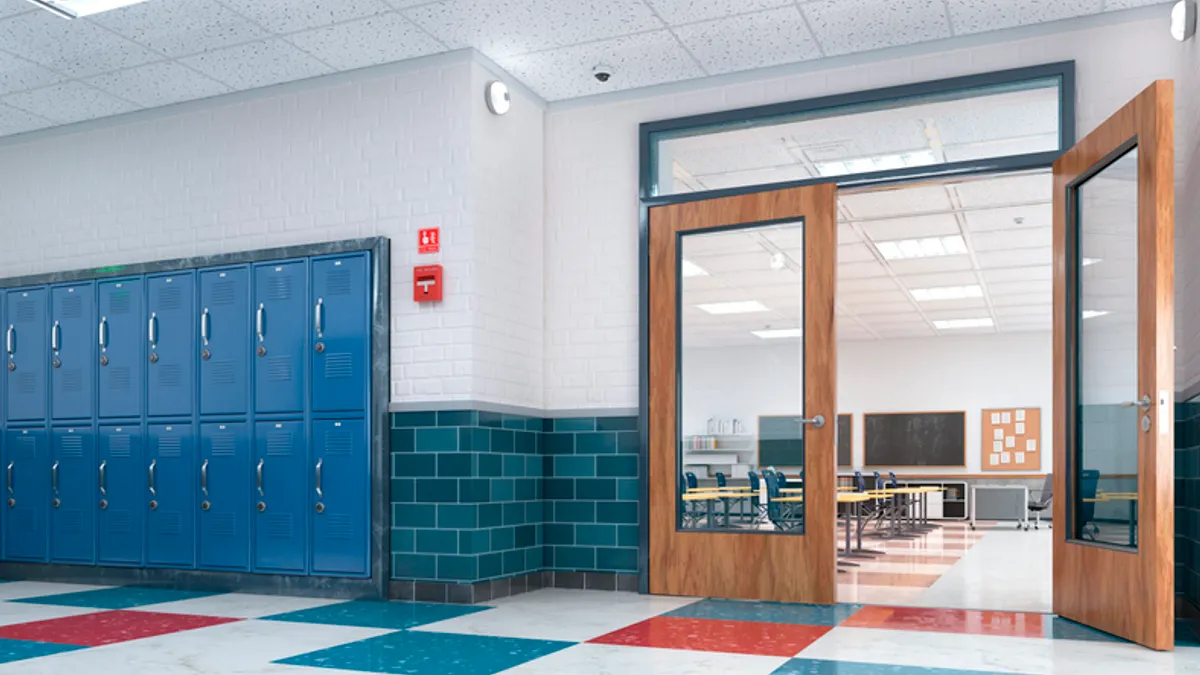With COVID-19 upending in-person learning and acclimating schools and students to virtual models, could snow days soon be a thing of the past?
“If we know anything, teachers and students love snow days,” said Donna L. Wright, director of schools at Wilson County Schools in Tennessee.
Historically, Wright's district, which serves about 18,500 students, stockpiled 13 days for inclement weather or illness. But there will be no snow days in the district going forward when the weather necessitates staying home.
“Time and place are irrelevant now that we can move outside the classroom to wherever we need to be to push out instruction,” she said. “The trade-off in our new world is that we will still stay home on an inclement weather day, but we now have the opportunity to provide instruction in the comfort of one’s home.”
In Illinois, school superintendents have not worried about snow days since 2015, when legislation allowed districts to create e-learning days that could be used instead of school cancellations for snow or other inclement weather.
“We have not had a ‘snow day’ since 2014,” said Nick Polyak, superintendent of Leyden School District 212 in Franklin Park, Illinois, which serves just over 3,000 students. “Whenever the need arises, typically three to five times per winter, we have simply switched to e-learning on those days.”
Trading snow days for online learning days allows instruction to continue regardless of inclement weather and can offer a more concrete school calendar. Change isn’t easy, but the pandemic has made it possible to try new approaches. Here’s four ways superintendents nationwide now are approaching the prospect of snow days.
Getting buy-in from community
Eliminating snow days is a significant shift for families, teachers, staff and students. There were many logistical questions both internally and at the state level that needed to be addressed, according to Polyak.
At the time, Illinois tied funding levels to student “seat time.” Reassuring faculty that it was not an attempt to replace teachers with technology, but rather a way to keep learning happening in new and exciting ways, was also critical.
“We created a committee that included students, parents, teachers, administrators, technology staff, special education staff, English learning staff and others,” he said. “That group helped us create our approach to best meet the needs of our students.”
Superintendents did, however, promise the unions that an e-learning day would be declared the night before so teachers have time to prepare and convert their in-class lessons for use online. Polyak said that can be stressful for him, but it has helped facilitate the process.
“One positive aspect for our staff (and our community) is that the use of e-learning days allows us to know exactly when the school year ends,” he said. “Historically, the end date of the school year would fluctuate based on how many snow days were used.“
Now, people are better able to plan vacations and other summer plans.
Wright also emphasized the importance of framing the conversation early on, and doing so in a way that it isn’t about losing something that is treasured. “It is about having school at any time during the days off for snow, and because there is no loss of instructional days while on remote, there is no need to worry about extending the school year to make up the loss of school days due to snow,” she said.
Building flexible approaches
One model doesn’t work for every school or every student within a district. Higher-needs special education students and English language learners, for example, are populations requiring an approach tailored to their needs to make the most of remote learning days.
In Elk River, Minnesota, Independent School District 728 traded snow days for remote instruction this year, and Superintendent Daniel Bittman said his focus is on personalizing e-learning for all students and families. The school held in-person classes until Dec. 1 before transitioning to fully remote learning through January 2021.
“So much of this comes to relationships and communication. You have to be open about what you are planning for and be flexible to realize that everybody has a different lens or concern,” he said. “Being willing to modify and adjust as the situation evolves is also important.”
Flexibility is key, especially when using an asynchronous experience so learning is not happening in real time.
“This was important as we wrestled with the fact that kids might need to help supervise younger siblings, shovel a driveway, or shoulder a number of other responsibilities,” Polyak co-wrote in a guide offering 10 tips for successfully introducing e-learning. “The same is true of staff members. We ask them to be generally available, but they are not required to be at their computer all day long.”
Keeping e-learning fun
Just because learning doesn’t stop for snow days when e-learning models are implemented doesn’t mean there isn’t room for fun.
For example, when a January 2019 snowstorm converted an in-person day to online instruction for the Leyden School District, one teacher sent out a challenge for students to post videos of themselves creating snow angels. Countless videos appeared on social media, including from the assigning teacher who uploaded a video of himself participating in the challenge.
“Ultimately, school is more than a building, it’s a collection of learning experiences for our students,” Polyak said. “E-learning days shouldn’t be seen as the end of snow days, but rather as an evolution of learning possibilities.
Sticking with snow days
In upstate New York, transforming snow days into online learning sounded promising and was a change Questar III Board of Cooperative Educational Services Superintendent Gladys Cruz initially was willing to embrace. Working with staff to collect and analyze data, she decided it was impractical for the technical school, which serves 22 component districts.
“Going remote sounded like a great idea,” she said. “However, when we looked at the fine print, it wasn’t such a great idea. At the end of the year, if we go over the number of contractual days staff have to work, schools have to pay them back.”
The state requires 180 days of instruction, and schools typically plan for six snow days. When schools closed in March 2020, annual week-long spring breaks were canceled. At the end of the year, schools closed earlier than scheduled to compensate for the extra days worked.
In September 2020, the New York Department of Education provided its roughly 700 districts with the option for a one-year pilot program to enable schools, if they want, to skip snow days and switch to remote learning. The move would allow districts flexibility to avoid having to make up those days later in the year to meet the requirement of having 180 school days a year.
“It has been a hard year for students and staff, who are emotionally drained, and a snow day, if it comes, might be just what they need,” she said.


